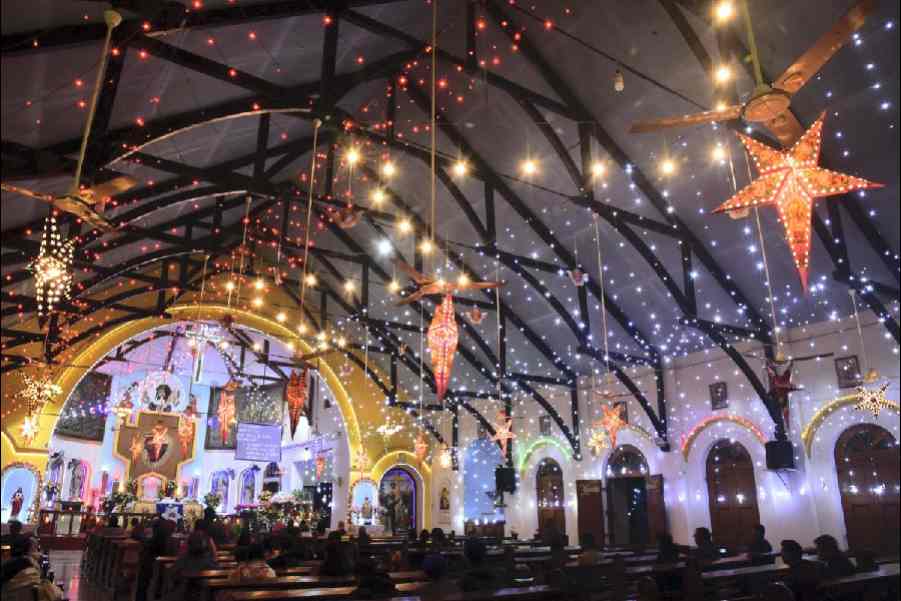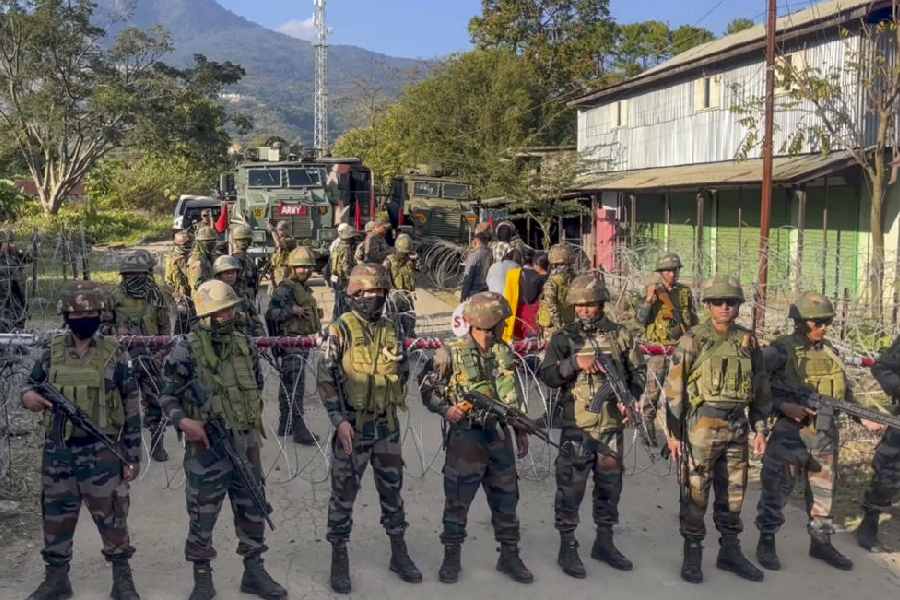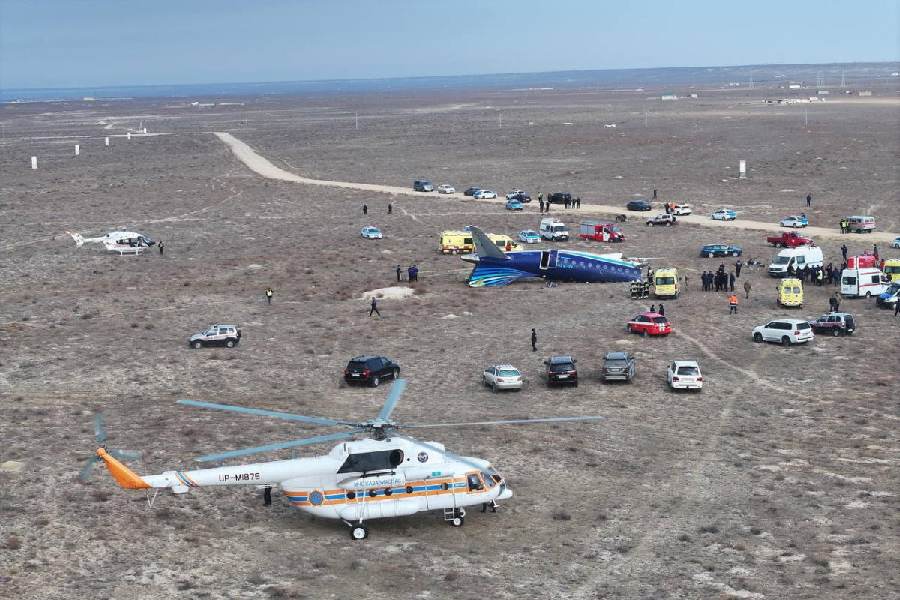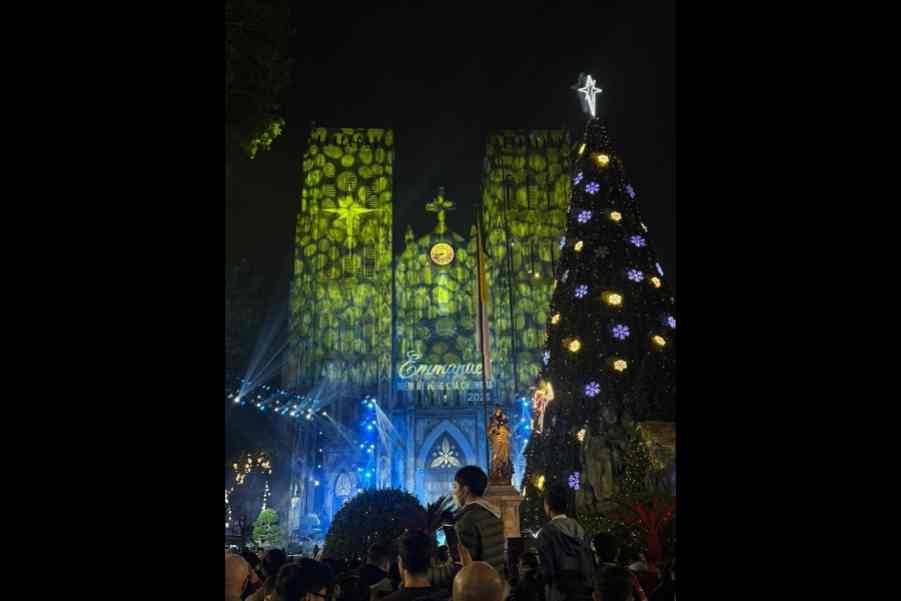In the congested Kachhi Sadak Lane, a colourful placard indicated the site of a multi-media exhibition titled ‘Mulaqat Metiabruz Se’. This was an exhibition on Metiabruz held at Metiabruz primarily for an audience who lived outside Metiabruz.
Metibruz is also known as Chhota Lucknow, the moniker having developed during the time of the exiled nawab of Oudh Wajid Ali Shah, who made Metiabruz his home after having failed to make the passage to England to seek justice from the Queen when the British snatched away his Oudh.
The exhibition, held from July 9-11, is part of a project implemented by the India Foundation of the Arts (IFA) investigating the cultural memory of exile and identity formation at Chhota Lucknow.
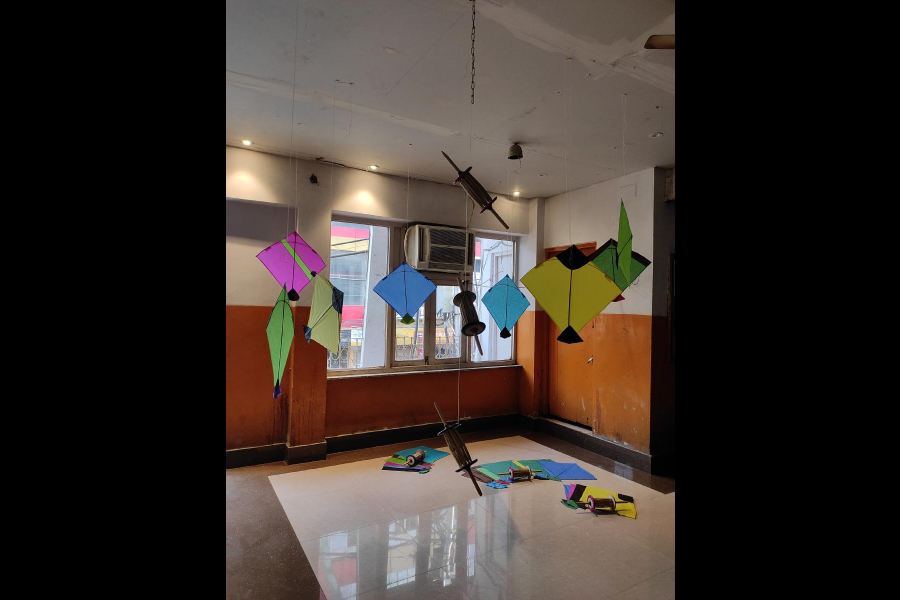
A section of the exhibition was devoted to colourful kites and latais
Said Shruti Ghosh, who curated the exhibition and is the coordinator of the project,
“It is an attempt to understand the narratives of displacement of a community that was the custodian of the Nawabi culture of Lucknow in Calcutta, undergoing systematic marginalisation over several decades while clinging on to the fading cultural memory of Lucknow and Wajid Ali Shah.”
Explaining the name Metiabruz, she said: “Metia means mati (earth) and bruz is kella (fort). It was the place for north Indian classical music and dance, mainly kathak. These art forms travelled from north India to Chhota Lucknow because of the nawab’s patronisation during his 32 years of exile here. But it is interesting to note that Metiabruz is hardly mentioned in any exposition on kathak. I wanted to investigate this.”
The main installation at Malaqat Metibruz Se comprised a gaddi with the
tabla, ghungroo and the paan daan denoting the cultural practice that flourished in the region.
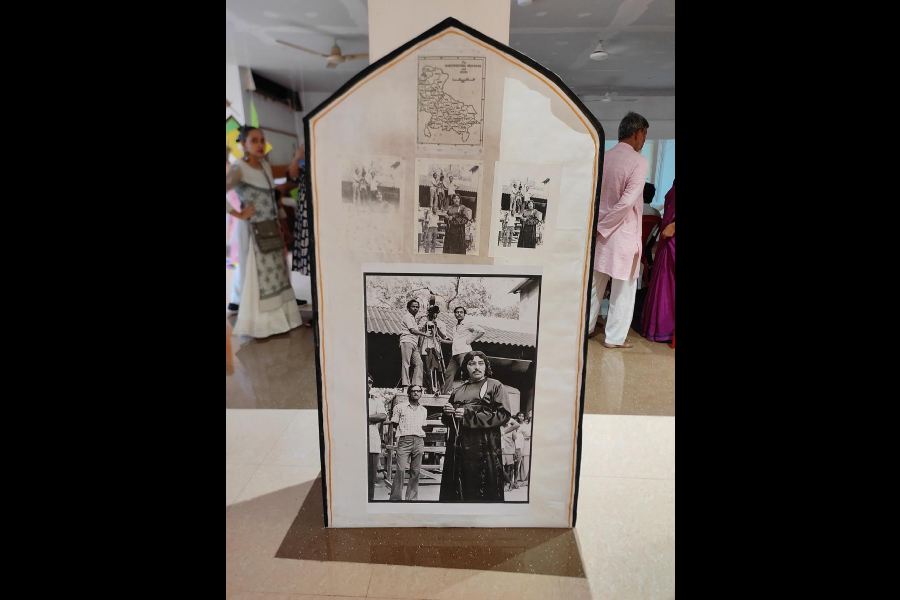
Photographs of the shoot for Satyajit Ray's Shatranj Ke Khilari and Amjad Khan dressed as Wajid Ali Shah at the exhibition
With the nawab came his hobbies of kabutar bazi and kite-flying. Stories of legendary kabutars (pigeons) bred by the nawab and his entourage still do the rounds as do kite matches. One of the oldest kite shops in the city still operates in Metiabruz.
A section of the exhibition is devoted to colourful kites and latais. Black and white photographs of shooting scenes of Satyajit Ray’s Shatranj Ke Khilari with Amjad Khan dressed as Wajid Ali Shah drew visitors.
An audio-visual presentation of the many voices of Metiabruz narrated the story of the current residents.





